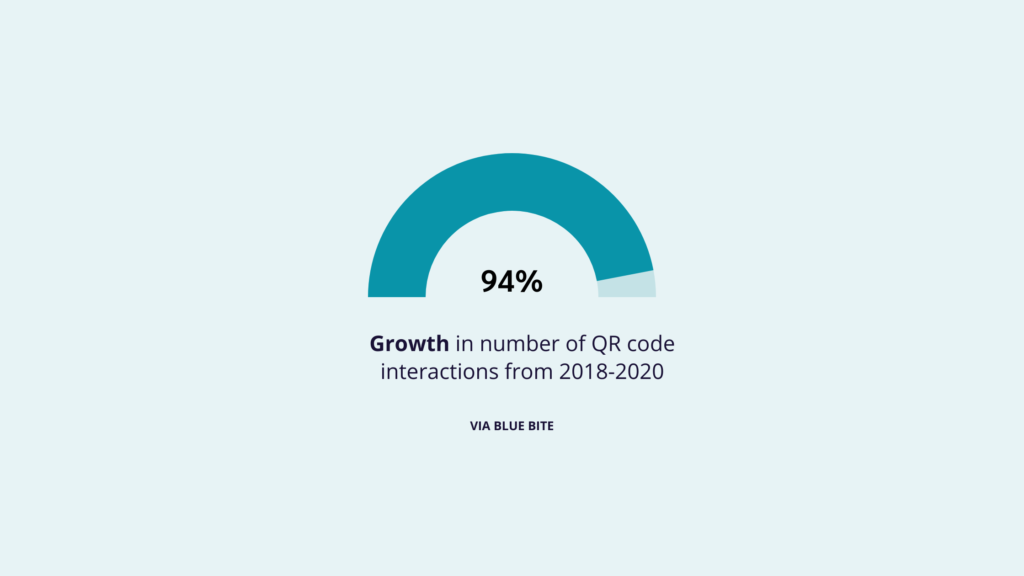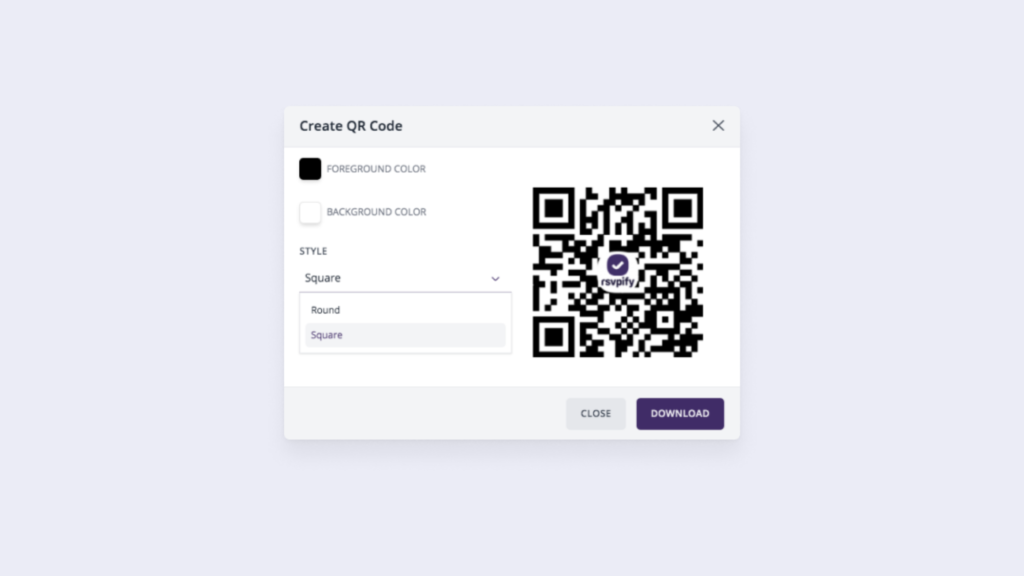The COVID-19 pandemic has brought massive disruptions and changes to a variety of industries, and the event management industry is no exception. New social norms like to-go cocktails, contactless payment, curbside pickup for anything you might need, remote work, and many more seem more and more likely to be permanent fixtures of the "new normal". While safety concerns are the obvious catalyst for many of these lifestyle changes, the convenience of many COVID-19 protocols for everyday life mean that we shouldn't expect things to go back the way they were anytime soon, if at all.
In the events industry, there have been equally seismic changes for event hosts and attendees alike. Zoom and virtual events, protocols for requesting vaccine passports or negative PCR tests via online registration, and the rise in popularity of hybrid events have all been byproducts as the industry adapted in an attempt to survive. However, one of the bigger changes that seems to be shifting toward permanent adoption is the rise in utilization of QR codes for various event functions - specifically using QR codes to power event check-in and adding QR codes for RSVP to paper invitations).
While QR code technology has existed for years, it was largely viewed as a novelty before the pandemic. (fun fact: one of our colleagues at RSVPify operates the largest open source library for QR codes). Prior to the COVID-19 pandemic, you might have seen them on posters on the wall at your favorite coffee shop, or on placards in museums when using an audio tour headset, but it took a global pandemic for them to be cemented as a mainstay in our everyday lives.
There were a few reasons that QR codes weren't widely adopted previously:
Just as curbside pick-up, remote education software, and Zoom all exploded as a method for allowing some form of regular life to continue during unsafe conditions, QR codes offer business owners and event planners a novel solution. By removing the need to actually sign-in places, submit paper copies or forms, or even hand over cash or a credit card for payment, QR codes are the essential technology by a variety of forms of contactless engagement that have quickly become the norm in industries from bars to hotels to air travel.
Aside from the pandemic, what has changed with QR codes to make them so ideal for these COVID times?

This adoption of QR codes means that event organizers can confidently use QR codes to streamline the RSVP process. Hosts no longer need to be concerned that their guests will receive a QR code and not knowing what to do with it. They have their smartphones in hand, and the comfortability with the technology to interact accordingly.
In addition, QR code designs have been improved which makes it much more appealing to add a QR code without ruining the aesthetic of your perfectly designed invitation. Jumbled, black and white QR codes are a thing of the past.

Hopefully, the COVID-19 pandemic will finally recede to a point where life returns largely to normal in the near future. When that happens, the hope is that the safety concerns driving much of QR code adoption today won't be so prominent either. However, it seems likely that widespread QR code usage will continue to be the case no matter when the pandemic finally goes away. Why?:
About the Author
Adam Hausman co-founded RSVPify in 2013 and has been passionate about event tech and ticketing software ever since. Also founder of Greenlight Growth Marketing, he holds degrees from Indiana University (BA English/Psychology 2008) and the University of Illinois-Chicago (M.Ed. Secondary Education 2012). He lives in Maine with his wife, 2 kids, and 2 annoying cats.
On this page:
Event professionals once worried about using QR codes as the norm - but not anymore Why weren't QR codes more widely used before? How have QR codes become so popular now? Event organizers can now confidently use QR codes on paper invitations or flyers Why is it likely that QR codes are here to stay?Get the latest product updates, event planning tips, and industry insights — straight to your inbox.
You can unsubscribe at any time. Your email will only be used to send RSVPify updates and will never be shared.
